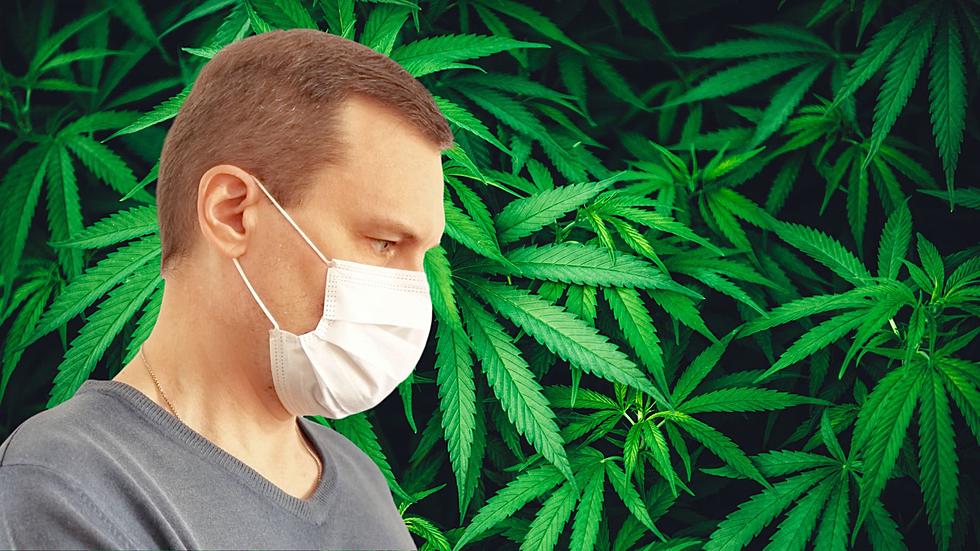
Michigan’s Cannabis Crop Is In Danger From a New ‘Viroid’
It's no secret, business is booming in the cannabis industry for Michigan. In fact, there's SO much business, and SO much product, that prices have crashed in the past couple years, making Michigan one of the cheapest states to get marijuana legally.
But that huge crop may be in danger as a new microscopic threat could cut down the prime cuts of bud for the state.

What is HLVd?
The suspect is called Hop Latent Viroid (HLVd), and it's even smaller than a virus.
The particle isn't deadly, but severely undercuts the potency of marijuana plants. It's main attack is shrinking the size of plants, and reducing the THC levels in the product, which is the main active component of marijuana.
Thankfully, the viroid doesn't have an affect on humans, only the cannabis plant. But it's become an increasing issue since around 2016, when crops in Colorado and California first started seeing it.
Now, it's spread to more than 90% of the cannabis farms in California.
HLVd is also sneaky, and stays dormant until conditions are right for it to spread further. Unfortunately for cannabis farmers, that means it's nearly impossible to see before it's too late.
Cassin Coleman sits on multiple industry associations' scientific advisory committees, and is a partner with multiple licensed growers in Michigan.
"(Some cannabis growers are) not even aware that HLVd might be an issue that they need to deal with and so they haven't put any resources toward it."
Where did it come from?
The viroid specifically affects the flowers and buds of cannabis plants, so it shouldn't be a surprise that it initially came from other hops, more typically used to make beer. So from there, it spread to cannabis crops, but in its early stages, nobody knew what it was.
Coleman said she was working at a facility in Colorado in 2016 when he noticed plants that typically perform and grow well, suddenly weren't. At the time, they had no idea what was causing it.
What's the real impact?
As we mentioned, HLVd affects the size, and potency of cannabis plants. As an example of its destructiveness, Matt Mooney, who is the chief operations officer of a grow facility in Lansing, said a room that normally produces 65-75 pounds of cannabis flower, only made around 20 pounds in its last run. That was a loss of nearly $70,000 in just one room because of the viroid.
"I couldn't terminate a whole room and just have no flower production out of it. We bit the bullet. We knew we'd have less of a harvest, and we just let them run."
Overall, Coleman said production at her facility dropped between 30% and 50%, and impacted 11 weeks worth of harvest. She estimates she lost around $445,000 in revenue.
What can be done to stop it?
HLVd primarily spreads through vegetative cuttings. So if a grower uses a pair of shears to cut an infected plant, and then uses the same shears to cut another plant, that's how it gets into other plants.
The best recommendations from the professionals is, new cutters and new gloves. Mooney said at his Lansing facility, they use 20 pairs of scissors for new crops, then throw them away. And, employees typically have a pocket full of gloves that they will replace after working with each plant.
"It's a sneaky (viroid) and those small, tiny little differences in yield and quality are big dollars. It is such a regulated industry with so much money required for taxes, regulatory fees and services that you need every dollar you can get."
Celebrities with Cannabis Lines in Michigan
20 of the Best Creatively Named Cannabis Shops in Michigan
More From 97.9 WGRD









